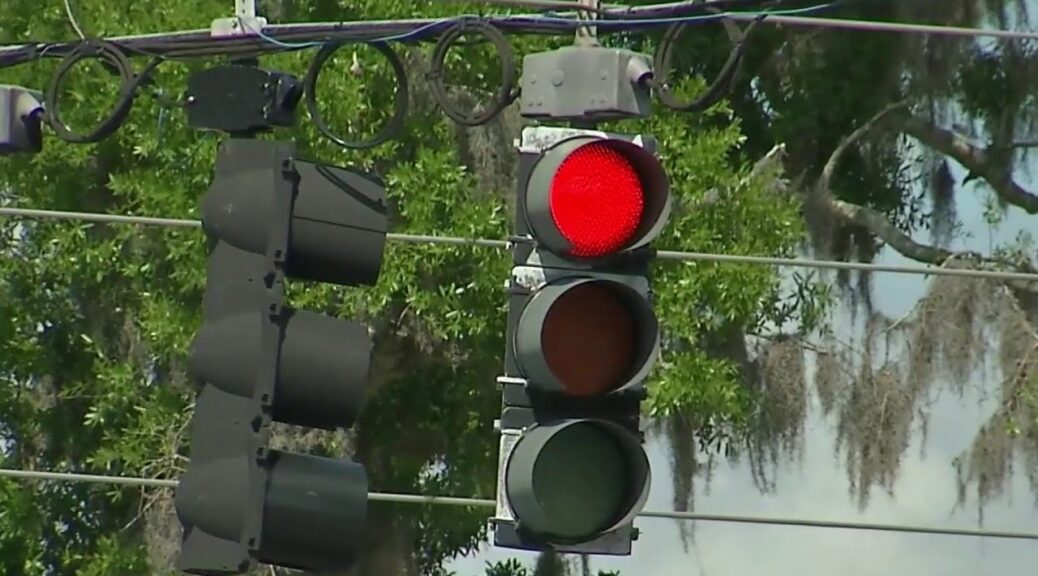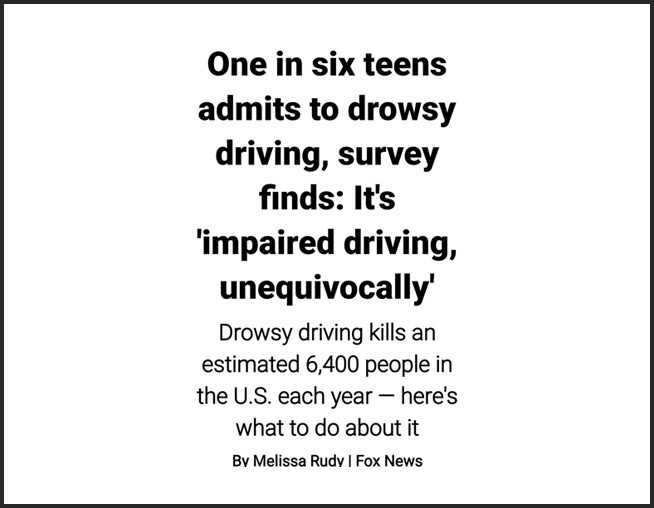We don’t have much patience on the road in Miami. Drivers want to be on the move despite gridlock, slow-poke tourists and people paying more attention to their cellphone than the light that just turned green.
But what happens if that red light doesn’t change to green? Is it broken? Did it skip a cycle? Or are you just impatient?
And is it legal in Florida to ignore a light that seems to be stuck on red, and pass through an intersection?
Here’s what to know:
What should you do if a traffic light doesn’t change?
There is no law in Florida allowing a driver to pass a solid red light that doesn’t change to green. That means you are risking a ticket if you run the red, even if the coast is clear. One thing to know: A light that doesn’t seem to change may just be taking longer than you’re used to, or have patience for — it doesn’t mean it’s broken.
Some states have what is called a “Dead Red Law,” which allows bicyclists and motorcyclists to run a red that isn’t triggered by their vehicle. Florida isn’t one of them, according to the Murphy Law Group in Sarasota.
If a red light isn’t changing to green, police and traffic advocates suggest pulling up to the intersection line, then rolling your vehicle back and forth to trip the light sensor in the pavement. If that doesn’t work, turn right on red when the coast is clear. Then report the faulty light to 511. A sensor may not recognize a bicycle, motorcycle or lighter vehicle, or just be faulty no matter the vehicle size. “I’m not going to tell you to just proceed through the intersection,” Trooper Steve Montiero told Orlando TV station WKMG. “What I will say if you can make a right and avoid this intersection and maybe make a U-turn later on down the road — that would be your best bet.”
If you do pass what you think is a stuck light and get caught, you can take it to court. “Unfortunately, ignorance of a law is not a good defense in most cases,” according to the Murphy Law Group. “However, your attorney may be able to help you defend against the citation, so you can avoid having it on your license. If a light is broken, or if the trigger system was not working, then it might have been reasonable to continue on safely. This is something to discuss with your attorney if you’re cited for running a red light that wasn’t working properly.”
What should you do if a traffic light is not working but flashing?
Florida law is clear on what drivers have to do if they approach an intersection with a flashing red or yellow light:
Red: According to Florida law, drivers who approach a flashing red light need to stop, check for traffic, then proceed through the intersection.
Yellow: Drivers who approach a flashing yellow light must proceed with caution, Florida law says.








